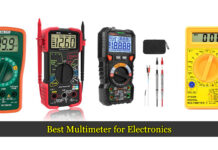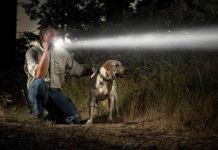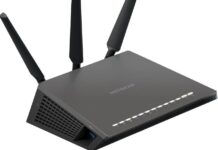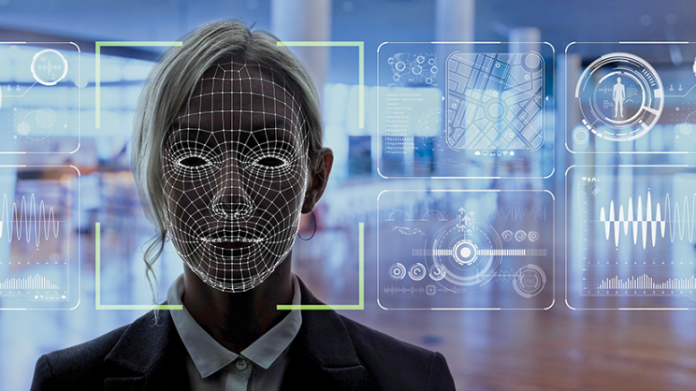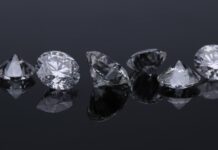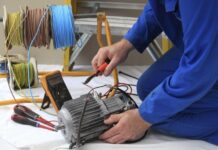Facial recognition technology is non-intrusive, you don’t have to provide your fingerprints, or stop while a machine checks your retina.
The camera used in facial recognition technology works effectively from even a meter away. The person doesn’t know that he/she is being identified; it is similar to the fact when people aren’t aware that they are on CCTV.
This method of identification is accurate and is becoming even more accurate due to the constant breakthroughs evolving in hardware and software technologies.

Facial recognition systems often require the person to smile or blink or make any movement to identify his/her face. The imposters who wear a mask to gain access to any secure premises or impersonate any official are also identified by the system immediately.
The use of multiple documents by the same person has also been reduced. Official documents such as a passport or driving license or any false document are scrutinized with the help of face recognition technology in order to prevent any criminal activity.
The facial recognition system is installed at any access point of the premises. The terminal unit and the camera are installed at the access point. The database can be kept on the same PC or the central server.
So if you want to upgrade the security system of your business premises and spot your VIP customers without stopping them on the entrance by using the conventional methods of identification, then you better get to know how does a face recognition system works, because knowing the sophistication of the technology can help you offer a peaceful and worry-free environment to your visitors.
Let us have a look at facial recognition technology and how it works…
What is Facial Recognition in Plain Words?
There is a huge difference between facial recognition and facial detection.
With facial detection, the system says, “yes, that is a face,” and with facial recognition, the system says, “yes, that is your face!”
This particular power to confirm identification is a little something our minds detect quite rapidly when we were young. However, it is actually a complex issue for computer systems.
How Does It Work?
The systems may sometimes deviate when it comes to facial recognition, but the basic functioning is as follows.
Step 1: Face Detectors
To get started, the surveillance camera detects and recognizes a face, either in a crowd or alone.
The face is usually best recognized when the individual is looking straight to the camera. The technological breakthroughs have empowered minor modifications from this to work in the process.
Step 2: Face Analysis
In this step, an image of the face is taken and screened.
The majority of facial recognition systems use 2D images rather than three dimensional because it can easily match a 2D image with database or public photos.
Nodal points or distinguishable landmarks form a facial structure. Each face has eighty nodal points. Facial recognition software analyzes the facial nodal points, including the shape of the cheekbones and the distance between the eyes.
Step 3: Image to Data Conversion
The evaluation of the face is then converted into a numerical formula. All these facial elements convert into numerical codes. This mathematical code is known as a faceprint.
Just like the specific composition of a thumbprint, each individual has their own faceprints.
Step 4: Matching
The code is then matched against a database of other faceprints. This particular database has images with identification that can easily be compared or matched. The systems then detect a match for the accurate facial features in the database. It matches the information, including name and home address.
The Federal Bureau Intelligence has a database of more than 650 million images, which includes 21 state data such as DMVs.
Facebook’s photo is another example of a database. Any picture that is tagged with an individual’s name becomes part of Facebook’s database.
The Future of Facial Recognition
A report by NIST found that, in 2019, some complex algorithms of facial recognition failed to detect faces accurately in a database of 26.6 million images, it was 0.2%.
Now in 2020, it has been improved by 5%.
This is certainly an unexpected development; tech companies and government agencies keep developing the multifarious algorithms’ technology.

So, where will we see this technology in the next 4 years?
The above graph clearly shows the predicted future of facial recognition technology.
The facial recognition industry is worth around US $3 billion in 2020 and is expected to grow to $7 billion by 2024. Monitoring or surveillance is a significant reason for advancement; administration agencies are the prime users.
So, the future is looking bright for further technological breakthroughs with more than sufficient levels of both the public interest and investments in the face recognition industry.
Conclusion
Now you’ve become very familiar with the basic process of how facial recognition works, its definition and future of its industry, the next step will be yours. How do you want to use this for your benefit in a positive manner depends on keeping your visitors’ privacy safe. With this developing technology, manufacturers and authorities are striving further to improve the accuracy and usability of the systems, and by far they have been successful and incorporating even more advanced bio-metric, AI-based technologies.
The time to come holds many changes in life. Undoubtedly, we cannot claim to envision all the important developments that would emerge in the near future.Time is the only opportunity for humans to bring new expansions.If you have something to say on facial recognition, its upcoming trends or technology, or have just found this article great, don’t’ forget to share your thoughts.
We would welcome your suggestive topics for our future posts or your ideas on how this technology could be improved.We are eager to get your feedback.






